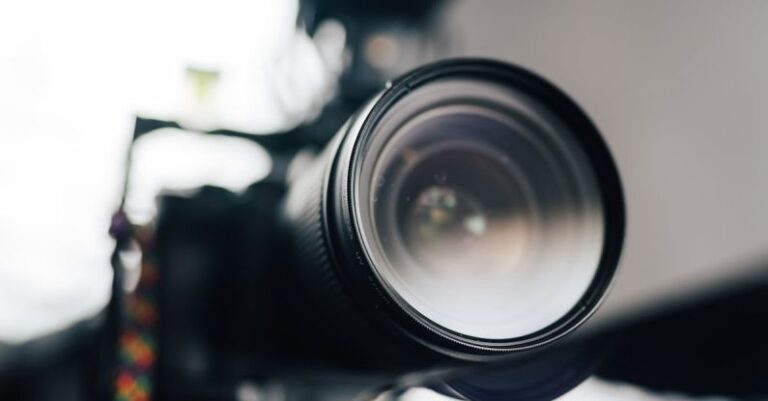What Are the Best Diy Science Projects?

Embarking on DIY science projects is an exciting way to engage in hands-on learning and exploration. Whether you are a student looking to expand your knowledge or an enthusiast seeking to indulge in scientific experiments, there are plenty of captivating projects to try out. From simple demonstrations to more complex investigations, the world of DIY science is boundless. In this article, we will explore some of the best DIY science projects that you can easily undertake at home with minimal resources and maximum fun.
### Create a Homemade Lava Lamp
One of the most popular and visually appealing DIY science projects is creating a homemade lava lamp. This project combines elements of chemistry and physics to produce a mesmerizing display of colored bubbles moving within a liquid. Using simple materials such as water, oil, food coloring, and effervescent tablets, you can witness the principles of density and polarity in action. The process of making a lava lamp involves understanding how different substances interact with each other and form distinct layers based on their properties.
### Build a Solar Oven
Harnessing the power of the sun to cook food is not only eco-friendly but also a fascinating DIY science project. Building a solar oven using basic materials like a cardboard box, aluminum foil, and plastic wrap allows you to explore concepts related to solar energy and heat transfer. By designing and testing different prototypes, you can learn about the efficiency of solar cookers and their applications in sustainable living. Experimenting with cooking times, temperatures, and insulation materials can further enhance your understanding of solar cooking principles.
### Construct a Water Rocket
For those interested in aerodynamics and propulsion, constructing a water rocket is an exhilarating DIY science project. By repurposing plastic bottles, a bicycle pump, and a launch pad, you can build a simple yet effective rocket that soars into the sky powered by water and air pressure. This project enables you to investigate Newton’s third law of motion and the principles of thrust and drag. Experimenting with variables such as water volume, air pressure, and fin design allows you to optimize the performance of your water rocket and achieve greater heights.
### Grow Crystals at Home
Exploring the world of chemistry through crystal growing is a captivating DIY science project that offers a glimpse into the beauty of crystal structures and formations. Using common household ingredients like salt, sugar, or alum, you can create stunning crystals in various shapes and colors. Understanding the process of crystallization and how different factors such as temperature, solubility, and impurities influence crystal growth enhances your knowledge of chemistry and material science. Observing the intricate patterns and geometries of crystals provides a hands-on experience in studying molecular arrangements and bonding.
### Design a Simple Electric Circuit
Delving into the realm of electronics by designing a simple electric circuit is a rewarding DIY science project that unveils the fundamentals of electrical conductivity and circuitry. With components such as batteries, wires, light bulbs, and switches, you can create circuits that illuminate, buzz, or rotate. Experimenting with series and parallel connections, resistors, and capacitors allows you to grasp the principles of voltage, current, and resistance. Building and troubleshooting circuits not only enhances your practical skills but also deepens your understanding of how electricity flows and functions in everyday devices.
### Experiment with Non-Newtonian Fluids
Engaging in hands-on exploration of non-Newtonian fluids such as oobleck or cornstarch slime offers a playful yet educational DIY science project. These fluids exhibit unique properties that defy traditional viscosity and respond differently to external forces. By mixing simple ingredients like cornstarch and water, you can create a substance that behaves like a solid under pressure but flows like a liquid when left undisturbed. Investigating the rheological properties of non-Newtonian fluids through experiments like walking on oobleck or observing sound waves in slime provides a fun way to learn about fluid dynamics and material science.
### Conclusion: Embrace the Wonder of DIY Science Projects
Embarking on DIY science projects is a fantastic way to nurture your curiosity, creativity, and scientific literacy. By exploring a diverse range of projects that span various scientific disciplines, you can enrich your understanding of the natural world and develop practical skills in experimentation and problem-solving. Whether you are intrigued by chemistry, physics, biology, or engineering, there are DIY science projects suited to every interest and skill level. So, roll up your sleeves, gather your materials, and immerse yourself in the captivating world of DIY science—it’s a journey filled with wonder and discovery!





